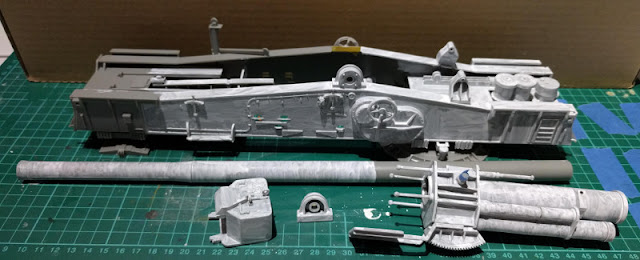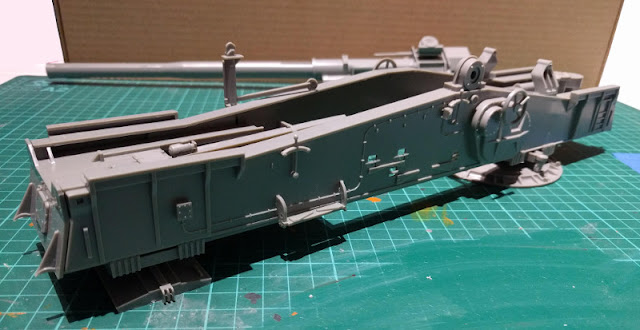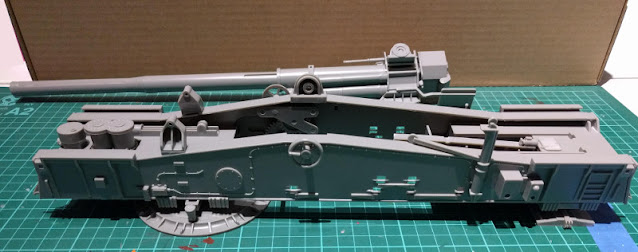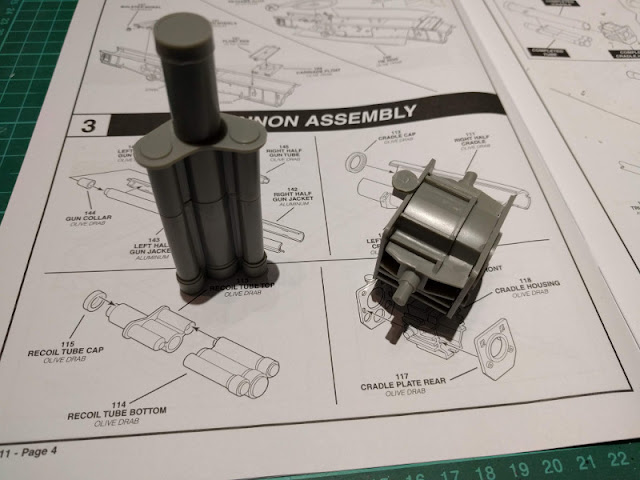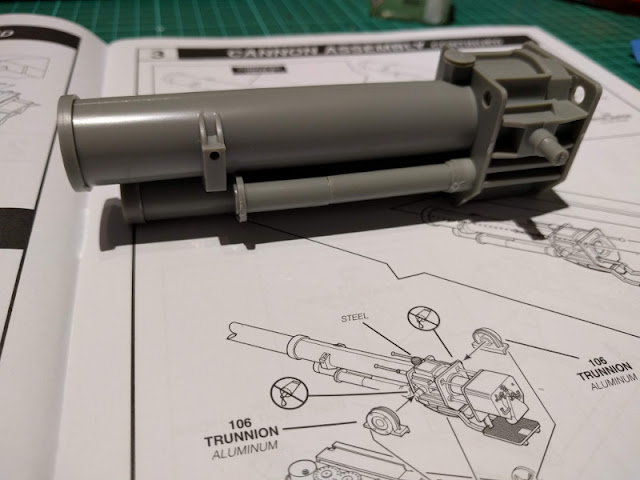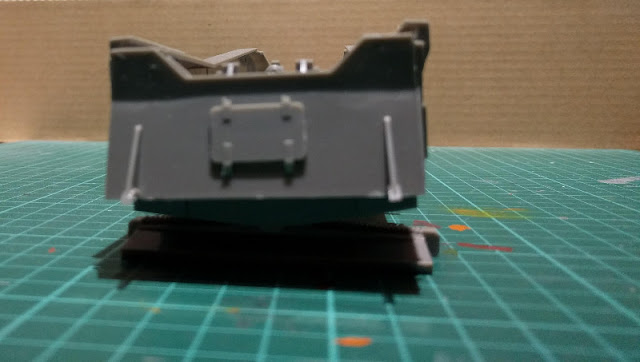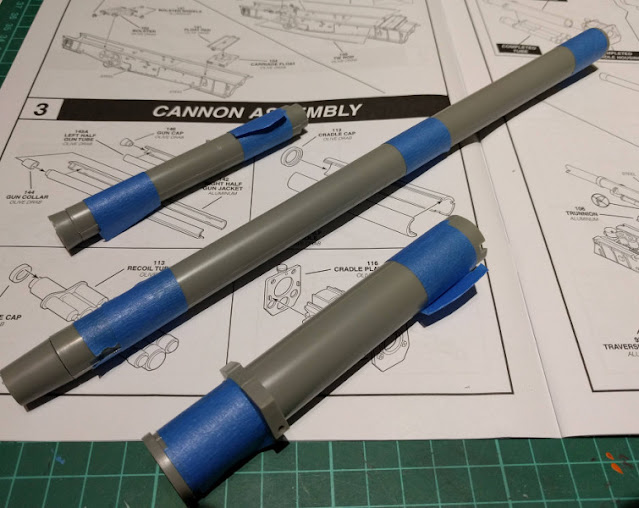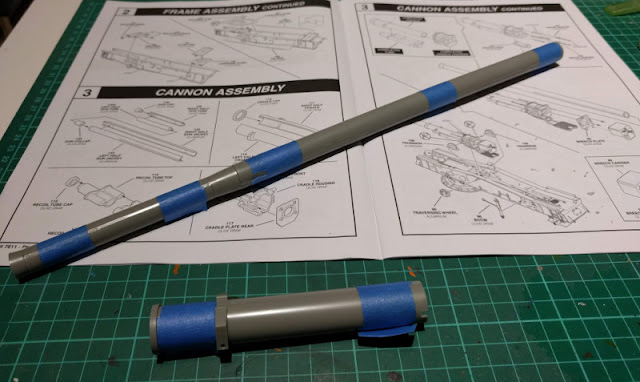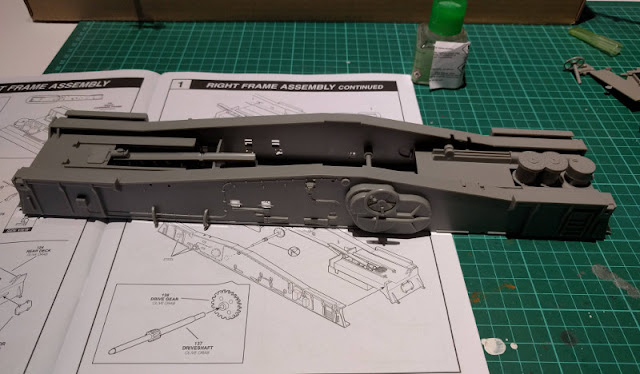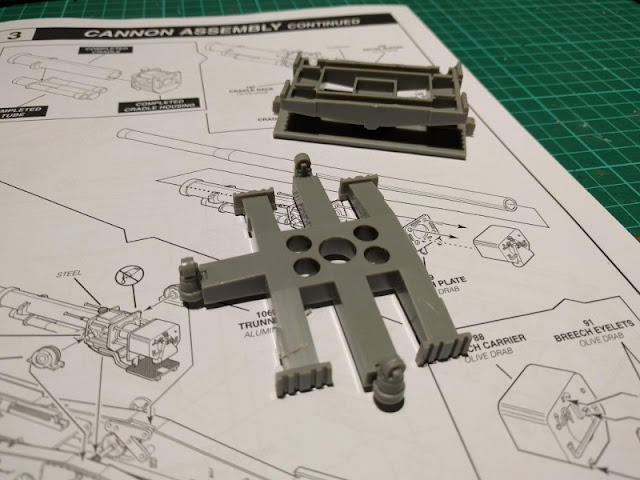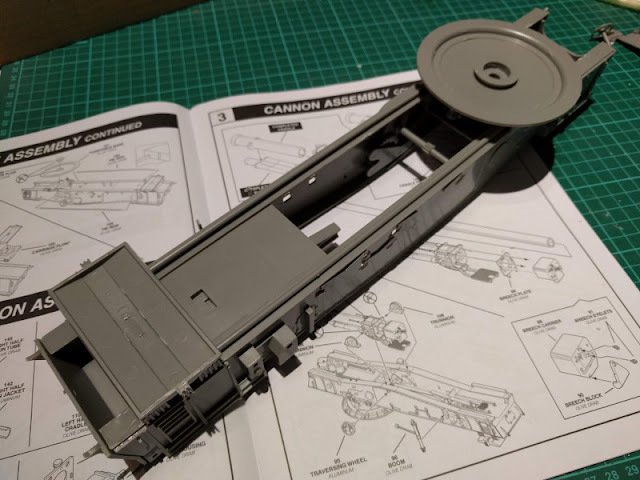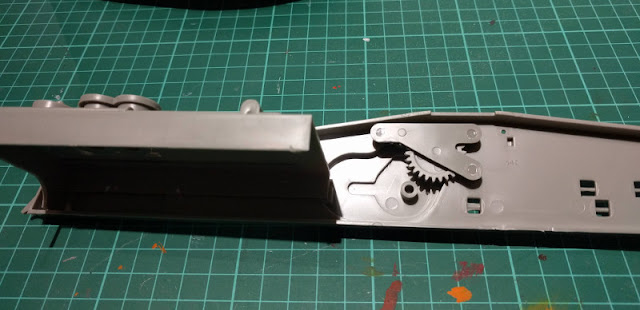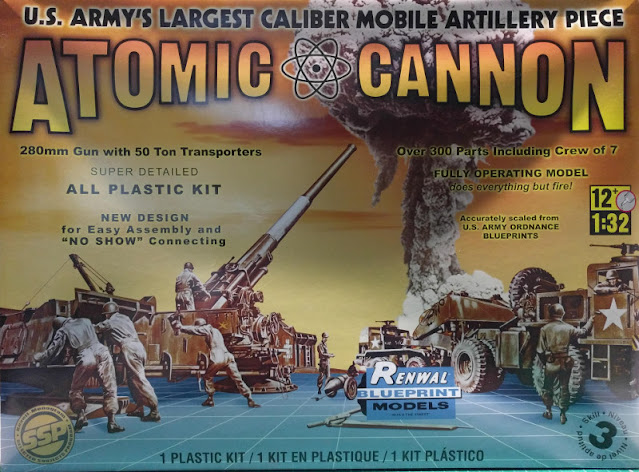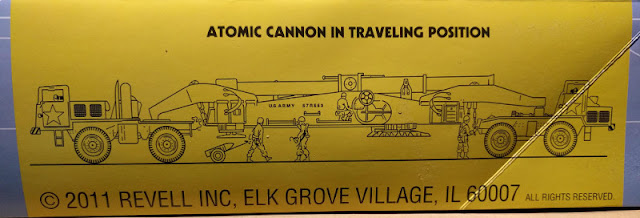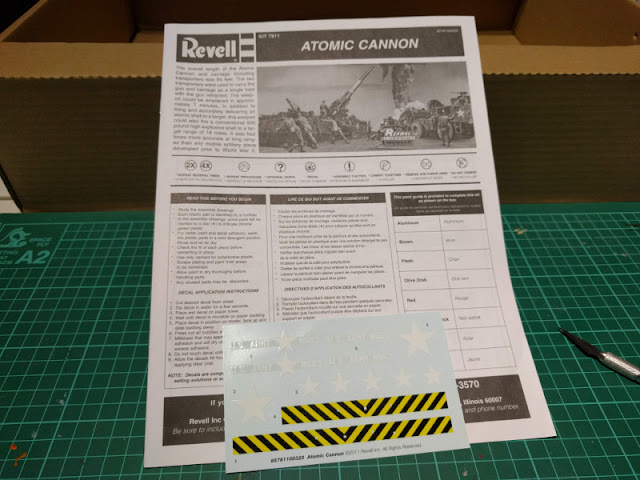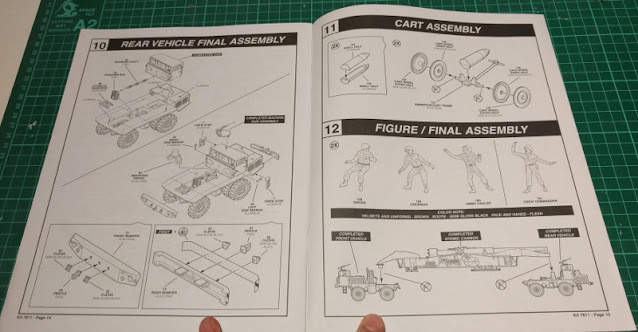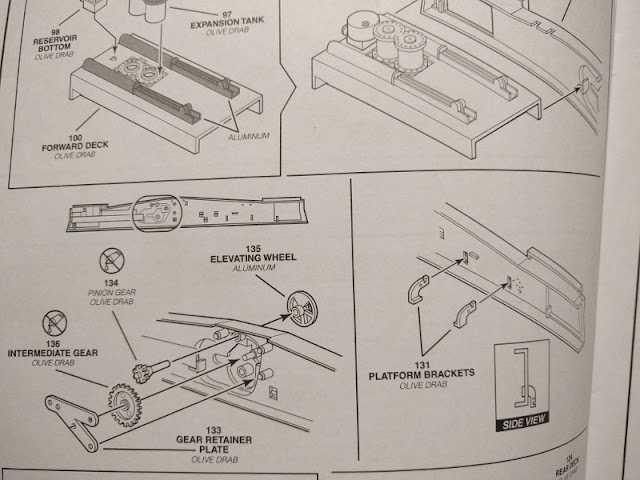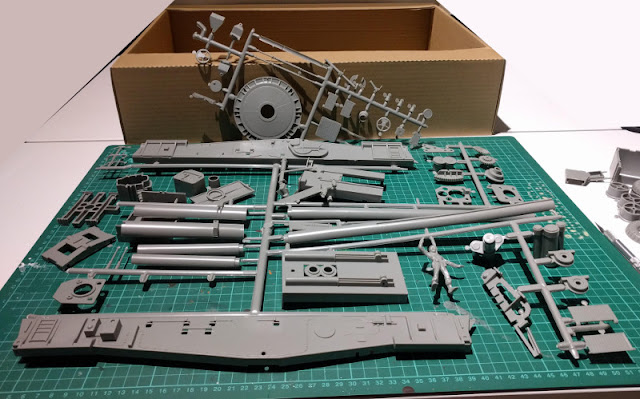Round (dec) numbers
Oh my. We were now standing with ten full years of utter nonsense behind us, which was also known as the 'Mumblings. If we were looking at this just by the amount of years, next year I could, for a short while, declare that I was exactly four times older than my blog. What a shocking thought that was.
Apparently someone still reads this, or looked at the pictures if nothing else. Cool, if someone has found this stuff interesting enough to check!
Leveling up slowly
Just for the fun of it, and I guess going the cliché way of using this sort of a milestone for this kind of stuff, I took a look at what the ten years ago built models looked like. First, a Sturmpanzer IV, aka Project III/10:
Fast-forwarding five years forward, an F-16A, aka Project IV/15:
Another five years brought us to the latest finished model, the Su-27, aka Project I/20:
If there was something that could be quickly said, my photography hasn't improved that much, if at all. Maybe I should've bought the light tent instead of thinking that I should consider one... But on a bright side, I thought that my airbrushing had gotten somewhat better since those first few models.
Last 365 days' achievements
I did get something done during this last year, even if I've been doing everything at a pretty calm pace. The Königstiger I was pondering about a full year ago has obviously not gotten to the desk yet, but maybe its time was soon. As soon as I found the Wehrmacht decals I had put in a good safe place, in order not to misplace and lose them.
Finished models
So, this year I finally wrapped up the woefully time consuming
update of Shu Ondiv, the
Flanker and a couple of Lego sets (
Slave I and
Saturn V). These last years have indeed been really slow, or I've been much more careful and concentrated on what I've done and that's why everything's been so slow.
Projects in progress
I had just started with the M 65 Atomic Annie, that has been suffering from the Covid-19 situation, the summer in general and my little technical problems. It was on a good roll and whenever I could work on it, it had been nice to work with. So far, at least.
The rest
For the last year's anniversary post I wrote a couple of silly lines in Python and that was so exciting, for a change, that I ended up coding more. I started with a traditional nonsense generator (the MAD magazine had these "write your own Indiana Jones movie script" and similar), but that got out of hand very quickly. Based on some sort of a whim I started making a Doom story generator.
Of course this started its life as test.py, the script was insane and unmaintainable, as it started out as a set of random tests and grew from there. A couple of weeks ago I started redoing it more properly, in my opinion much better structured and more sense-making.





